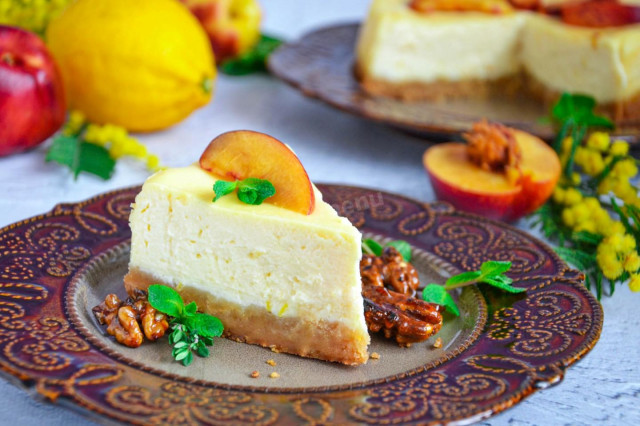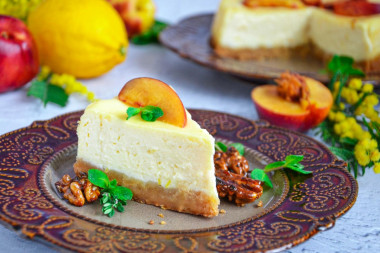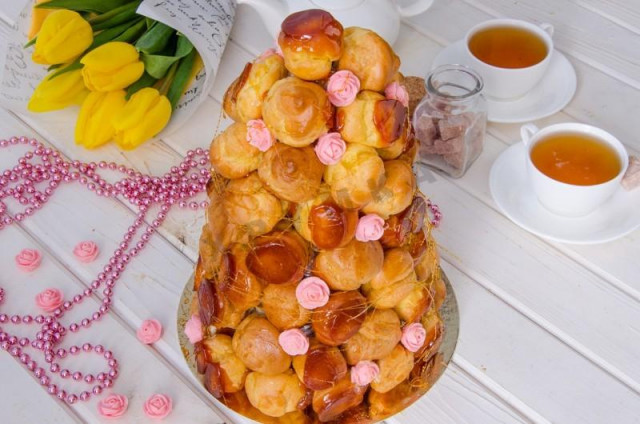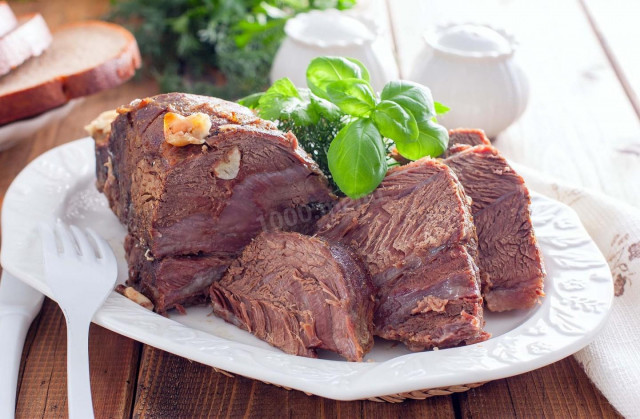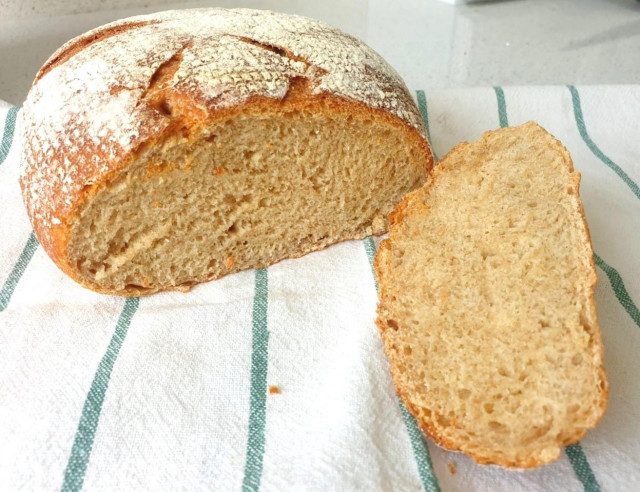Composition / ingredients
Step-by-step cooking
Step 1:
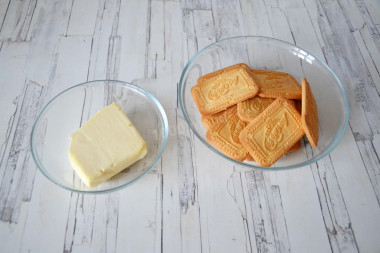
How to make a ricotta cheesecake? Start with the basics. Prepare the products for her. Take sugar or biscuit cookies, such as Anniversary cookies. Choose high-quality, natural butter, conforming to GOST, without vegetable additives.
Step 2:
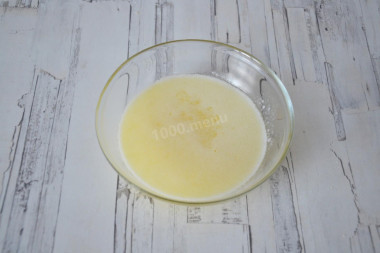
How to make a cheesecake base? Melt the butter in any way you can. Read about how to do this at the end of the recipe.
Step 3:
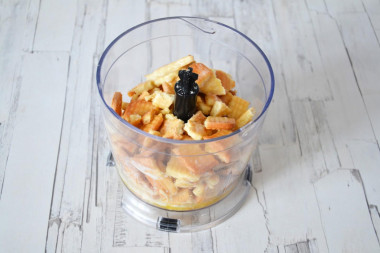
Break the cookies into pieces.
Step 4:

Put the cookies in the blender bowl, pour the melted butter. Grind everything to a fine crumb. Alternatively, you can crumble the cookies with a rolling pin and just mix it with butter.
Step 5:

Put the resulting crumbs in a baking dish lined with parchment, smooth it out and tamp it well (it is convenient to do this with a flat bottom of a glass). There should be no gaps between the cake and the walls of the mold — the filling turns out to be quite liquid and can leak, which is undesirable.
Step 6:

Prepare the filling. Prepare the products for her. Cream is best suited for fatty, but with less fatty the recipe will work.
Step 7:

How to make a cheesecake filling? Squeeze the ricotta slightly to remove excess liquid. Put the ricotta, sugar, and cream in a blender bowl. Whisk everything until smooth. Alternatively, you can simply mix the ingredients by hand.
Step 8:
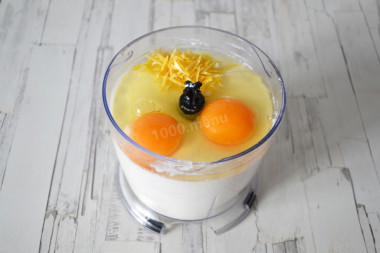
Wash the lemon well with soda. Rub its zest, trying not to touch the white part — it is bitter. Add eggs and lemon zest to the resulting mass. Be sure to wash the eggs before use, as even the seemingly clean shell may contain harmful bacteria. It is best to use food detergents and a brush.
Step 9:

Whisk the filling again. You should get a fluid, slightly viscous mass.
Step 10:
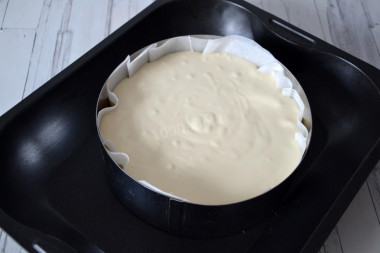
Pour the cheese and cream mass onto the cookie base. Bake the cheesecake in preheated to 200°In the oven for 15 minutes. Then reduce the temperature to 110 ° C and bake the cheesecake for another 50-70 minutes. It will depend on the characteristics of your oven.
Step 11:

The edges of the finished cheesecake should grip, and the middle should tremble slightly. Leave the finished cheesecake in the cooling slightly open oven for 15 minutes, then cool it completely at room temperature. Put the cooled cheesecake in the refrigerator for 2-3 hours to stabilize. Serve cheesecake with berries, fruits, syrups, chocolate. Enjoy your meal!
Cream for this recipe can be of any fat content, but remember that the higher the percentage of fat content of the products you use, the higher the calorie content of the dish will be.
Butter can be melted in the microwave or in a water bath.
How to melt butter in the microwave?
Cut the butter into small pieces and place it in a special container. To prevent the oil from splashing when heated, cover the oil vessel with a paper towel. The oil should be melted either at the lowest power or in defrosting mode. At first, five seconds will be enough. Next, if the butter has not melted yet, set it again for 5 seconds and start the microwave. Repeat the process several times until the desired result.
How to melt butter in a water bath?
You will need two containers of different diameters. Pour water into a large one and put it on the stove. Place the smaller container on top so that it is submerged in water by about half. Put the sliced butter into it. Under the influence of boiling water, the oil will begin to melt. Stir the oil slightly to speed up the process. As soon as the pieces of oil are completely dissolved, remove the container from the stove.
Keep in mind that everyone's ovens are different. The temperature and cooking time may differ from those specified in the recipe. To make any baked dish successful, use the useful information about the features of ovens !
Caloric content of the products possible in the composition of the dish
- Buttermilk - 36 kcal/100g
- Cream of 20% fat content - 300 kcal/100g
- Cream of 10% fat content - 120 kcal/100g
- Cream - 300 kcal/100g
- Chicken egg - 157 kcal/100g
- Egg white - 45 kcal/100g
- Egg powder - 542 kcal/100g
- Egg yolk - 352 kcal/100g
- Ostrich egg - 118 kcal/100g
- Lemon - 16 kcal/100g
- Lemon zest - 47 kcal/100g
- Granulated sugar - 398 kcal/100g
- Sugar - 398 kcal/100g
- Butter 82% - 734 kcal/100g
- Amateur unsalted butter - 709 kcal/100g
- Unsalted peasant butter - 661 kcal/100g
- Peasant salted butter - 652 kcal/100g
- Melted butter - 869 kcal/100g
- Ricotta - 174 kcal/100g
- Shortbread cookies - 716 kcal/100g

